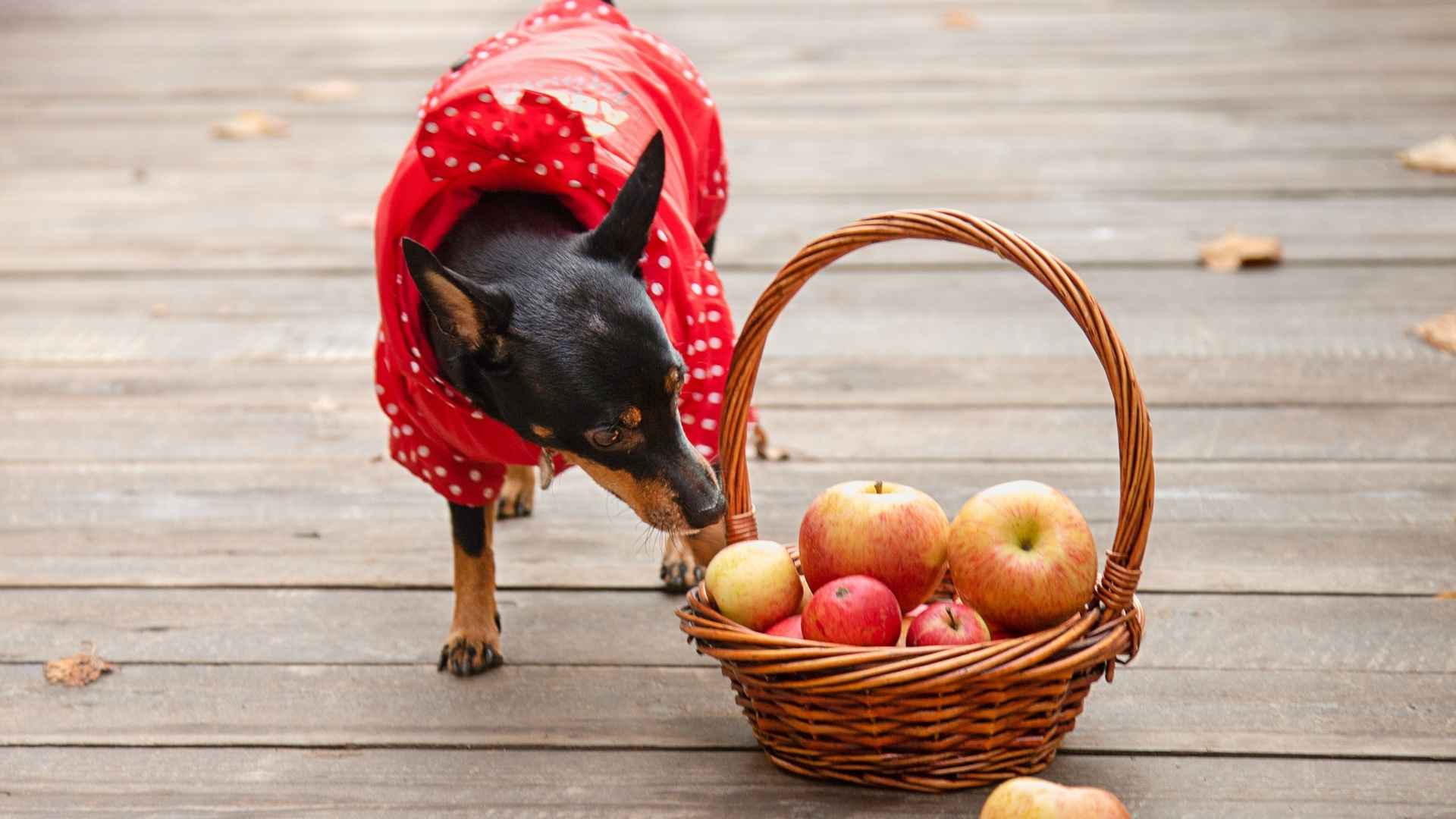Have you ever walked into your kitchen and wondered where that suspiciously sweet, slightly alcoholic stench was coming from, only to find your pup already staring at a fruit bowl that someone hid under the cabinet and has a rotten piece of fruit?
Dogs have a superpower we often take for granted: their noses.
Not just good—they’re scientifically, ridiculously, Marvel-level good. With up to 300 million olfactory receptors (compared to our measly 6 million), their sniffers are so fine-tuned they can detect explosives, missing people, and yes—even your decomposing strawberries.
So today, let’s check out the top 10 dog breeds that smell rotten fruits before you do.
Dog Breeds That Smell Rotten Fruits Before You Do
1. Jack Russell Terrier
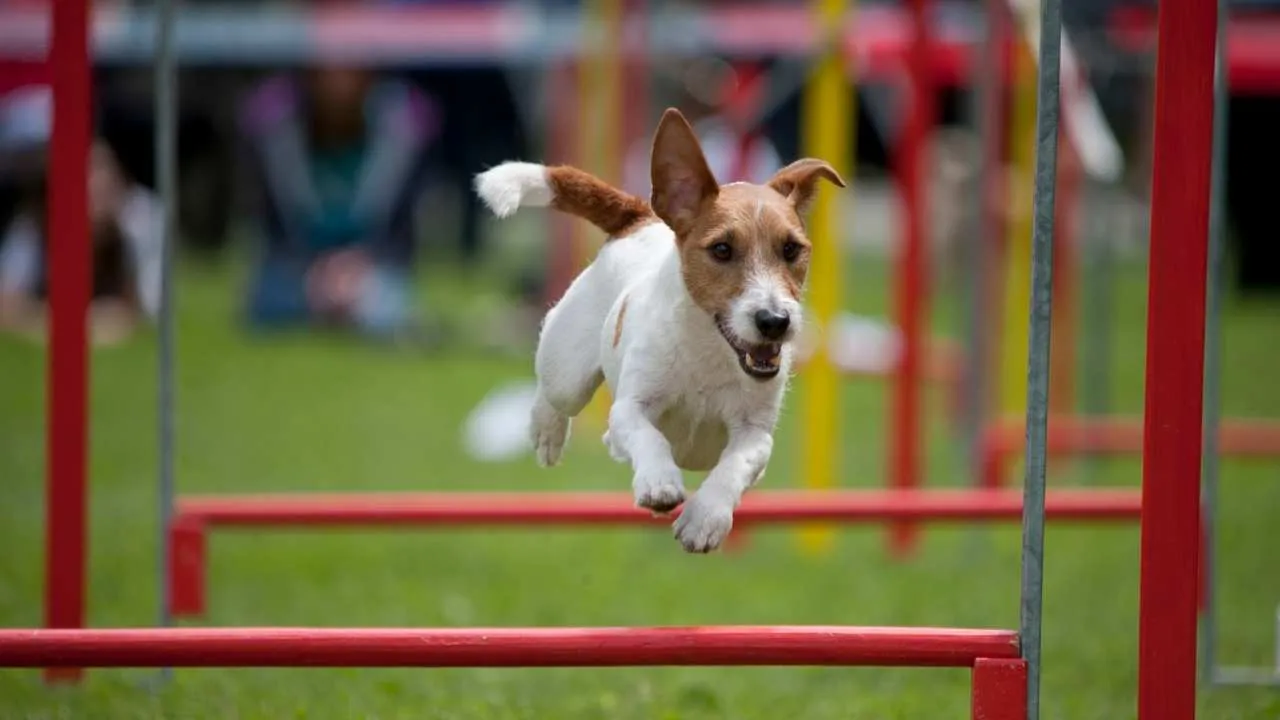
Jack Russell Terrier is a little dynamo that was originally bred for fox hunting in England in the 1800s. Its compact nose packs a mighty punch, especially when something smells off.
That banana? Yeah, they smelled its existential crisis three days ago.
This dog will detect the unpleasant odor instantly.
What makes them the nosy neighbors of the dog world? Persistence. Once a Jack Russell locks onto a scent, they won’t let it go.
Oh, and you know what? They can also catch a bad breath swiftly.
They also have an uncanny ability to sniff out the hidden things—think moldy apples buried at the bottom of your compost pile. And don’t even think of hiding something with a musty smell in the trash. Your Jack Russell is basically a four-legged lie detector.
2. Doberman Pinscher
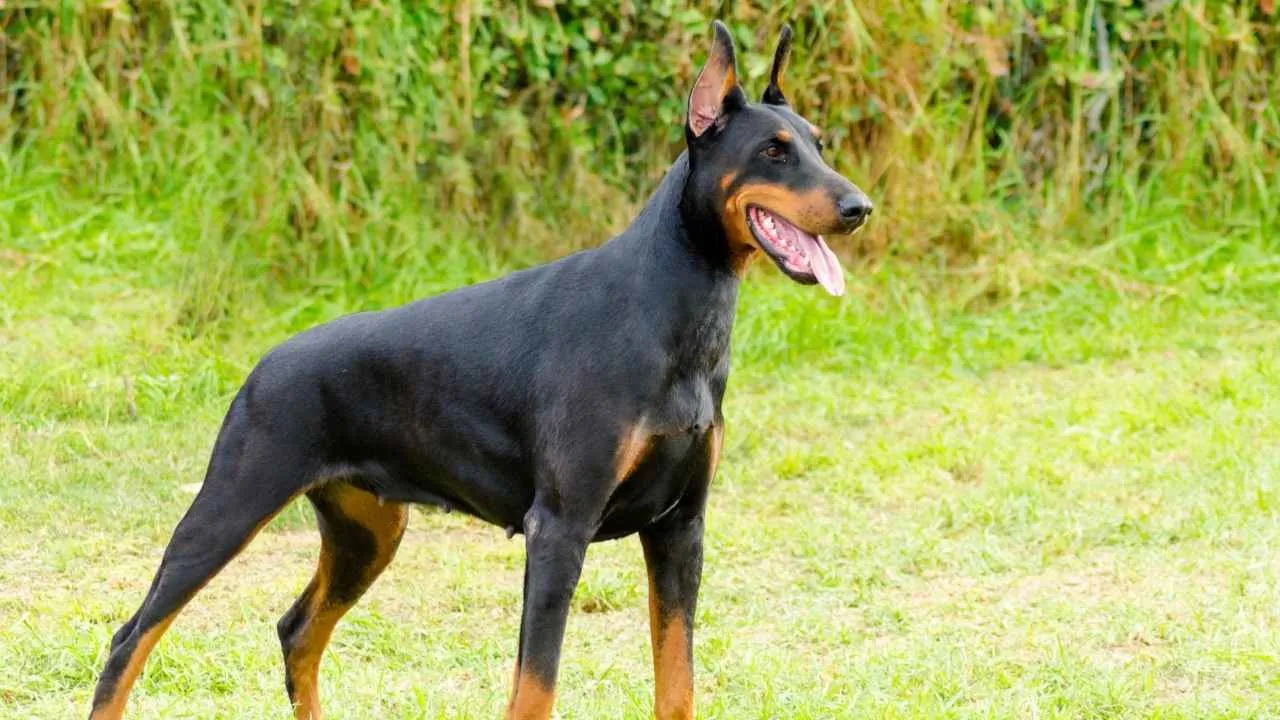
Ah, the Doberman Pinscher. Elegant. Sleek. Majestic.
But did you know this regal canine has a nose that could sniff out a fermenting peach from a block away through its foul odor?
Originally bred by a German tax collector named Karl Friedrich Louis Dobermann in the 1890s, these dogs were bred for protection and perception. With sharp noses and sharper minds, Dobermans are walking, woofing sensors.
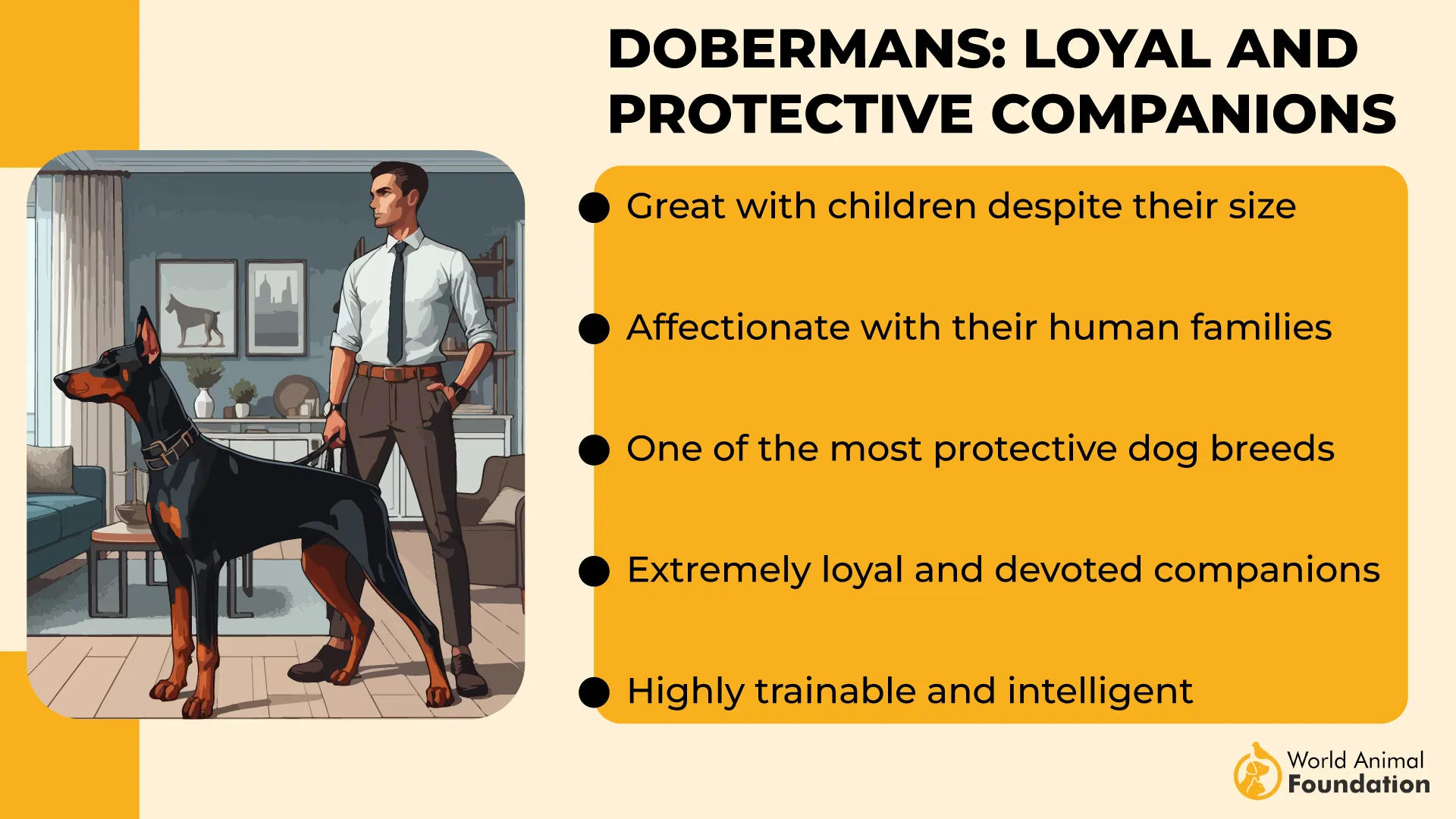
Though often typecast as security dogs, they are surprisingly scent-savvy. Their olfactory powers help them pick up on subtle changes in environments, like the presence of ethylene gas, which rotting fruit releases. That peach won’t rot in peace.
Also, let’s be honest. A Doberman doesn’t just find your smelly fruit. They judge you for letting it get that far. Expect a cold stare as they walk past your compost bin like they’re filing an internal complaint.
3. Bloodhound
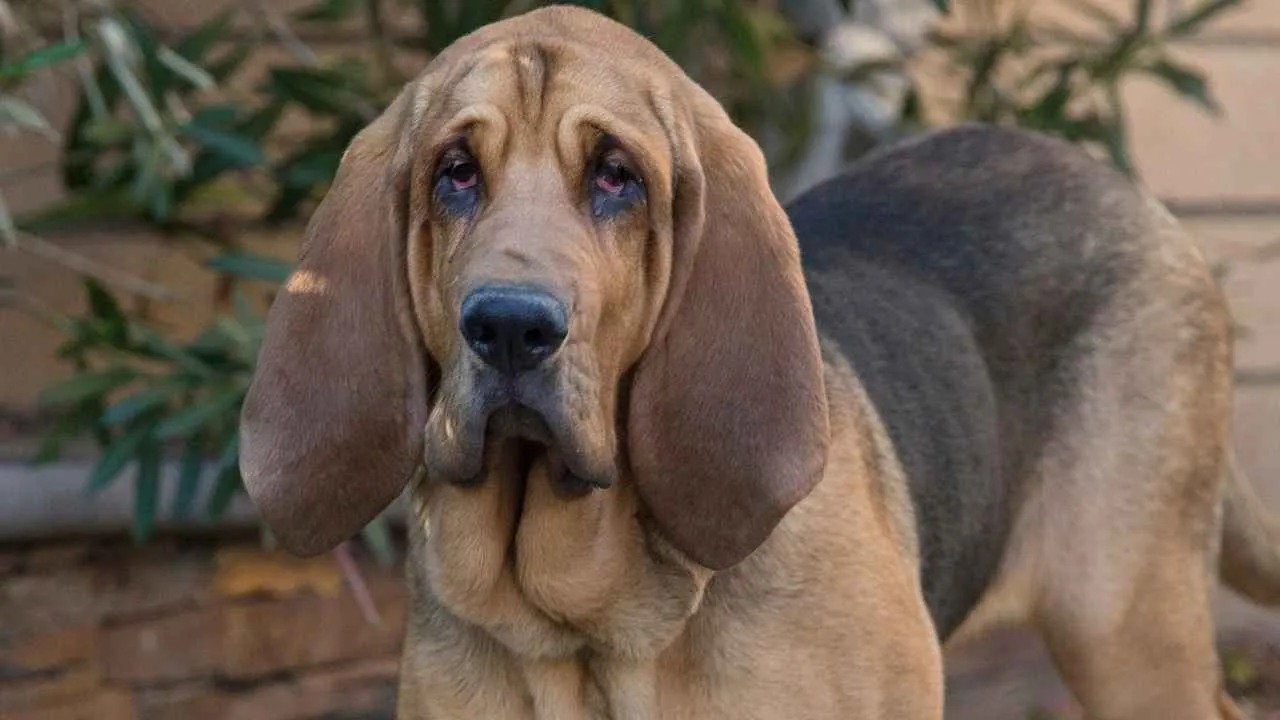
Cue dramatic music.
Enter the Bloodhound, the Gandalf of the scent world.
With ears longer than most cats and a face that screams “I’ve seen things,” Bloodhounds are legendary for one thing: tracking scent over miles, days, and even across state lines.
This breed’s scent prowess is so respected that their findings are admissible in court in some jurisdictions. If your mango went missing, the Bloodhound could produce Exhibit A, B, and C—complete with a PowerPoint.
Their 300 million scent receptors make them unmatched in long-distance scent detection. But their floppy ears and loose facial skin? Not just for show. Those features trap scent particles like the Dyson of dog ears.
But, remember one thing, their long, pendulous ears and wrinkled skin trap moisture and debris, creating the perfect breeding ground for bacteria and yeast. Hence, they are more prone to ear infections when compared to other dogs.
Keep their ears clean to avoid bacterial infections!
4. German Shepherd
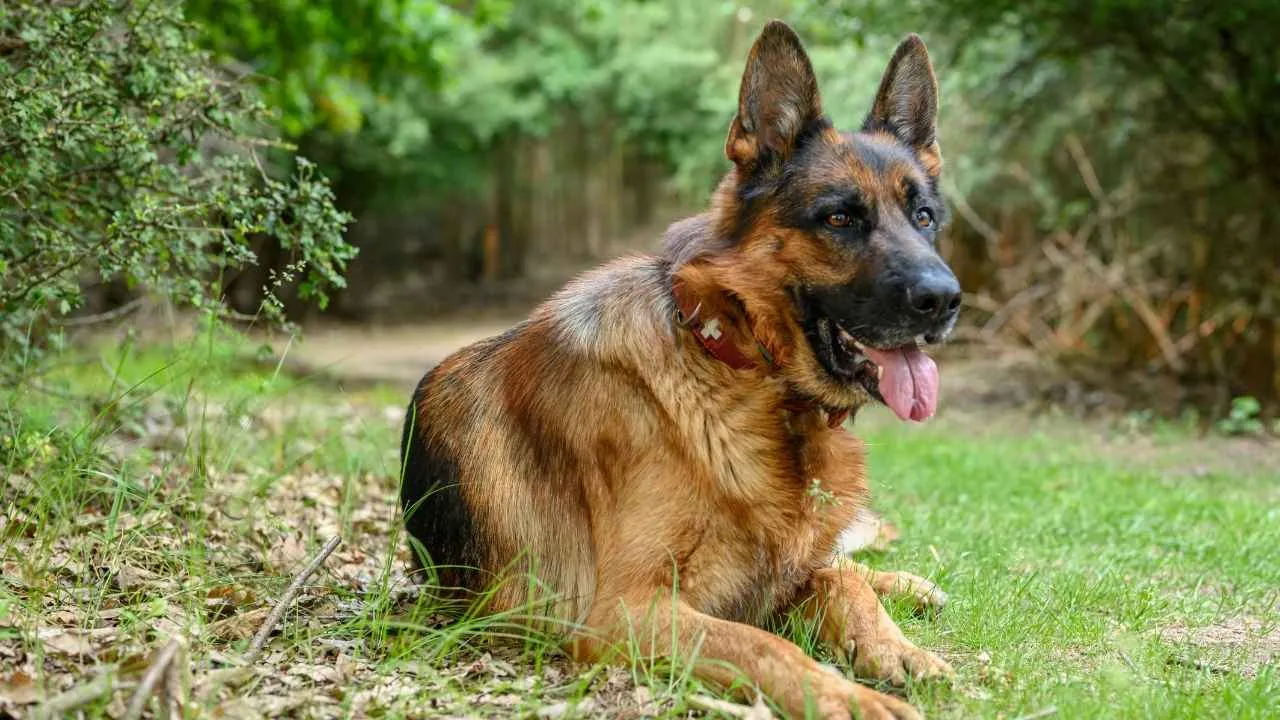
German Shepherds: the Einstein of the dog world.
They’re often associated with police work, military operations, and heroic Instagram accounts. But give them a sniff of spoiled watermelon and they’ll find it faster than your Roomba finds Legos.
Their noses are so efficient that they’ve been trained in agriculture to detect invasive plant species and pests. So yes, they can definitely clock your rotten pear from across the house with the foul odor it is emanating.
German Shepherds also excel in tracking because of their excellent work ethic and scent retention. Once they smell something funky, it’s stored in their internal Fruit Offender Database.
Quora notes that during World War II, they were even used to detect enemy soldiers and landmines. So don’t underestimate their ability to identify a banana that’s passed its prime.
5. English Foxhound

The English Foxhound has aristocratic roots, developed to track foxes during long hunts across the English countryside.
Their motto? “Smell first, ask questions later.”
These dogs are endurance sniffers. They were bred to keep their noses to the ground for hours, perfect for detecting that one nectarine that’s decided to turn into wine.
Foxhounds are pack animals, which means they’re naturally communicative. If they find something off, they won’t just keep it to themselves. Expect some serious barking if your kiwi has gone kaboom.
And unlike more dramatic breeds, English Foxhounds have a calm, even-keeled approach to rot detection. Very British. Very polite.
6. Belgian Malinois
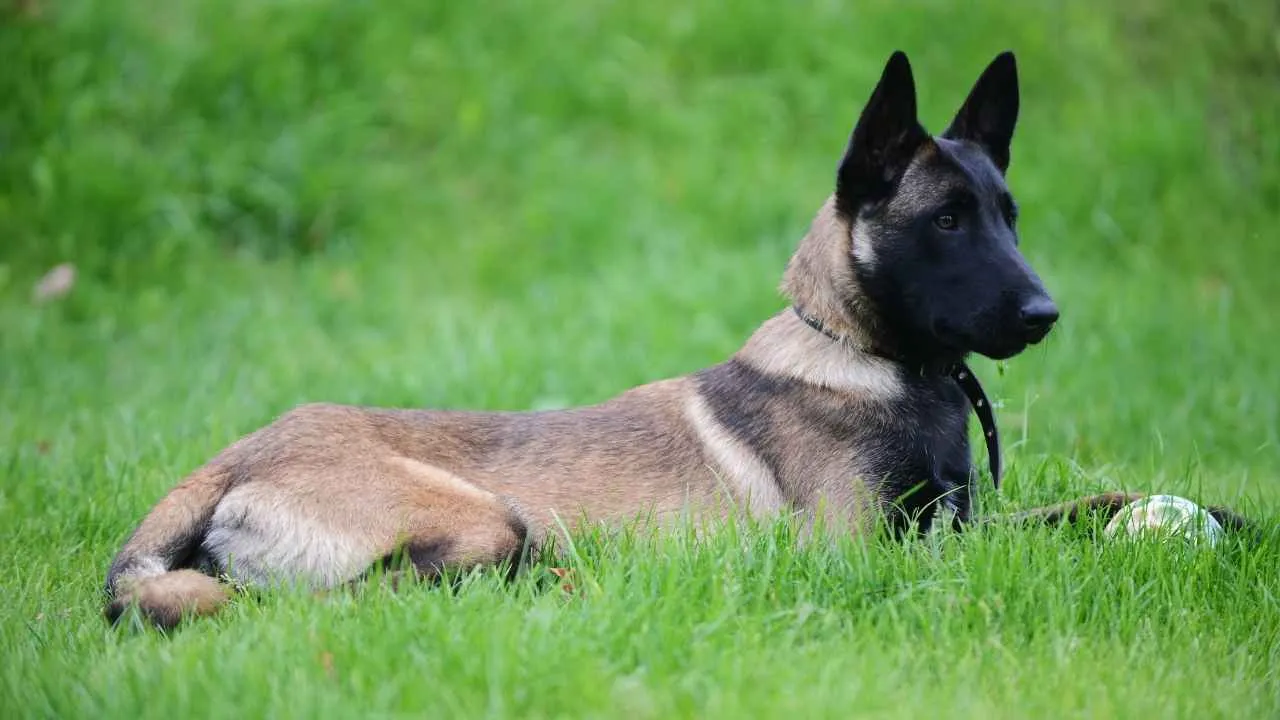
Belgian Malinois is hyper-focused and agile.
These dogs are the top pick for elite units around the world. If something smells off, they’re already halfway there.
Their sense of smell is borderline psychic. They can be trained to detect explosives, narcotics, and even cancer; rotten cantaloupes are light work for them. They possess two anal glands that release a foul-smelling, oily substance used for scent marking and identification.
Modern Malinois are used in airports, search and rescue, and even for scent-based emotional therapy. But at home? They’ll point you to your forgotten fruit salad with the precision of a laser pointer.
Also worth noting: they’re not the kind to let you forget. If a fruit goes rogue twice and gives a stinky
smell, they’ll stake out the kitchen like it’s a hostage situation.
7. Labrador Retriever
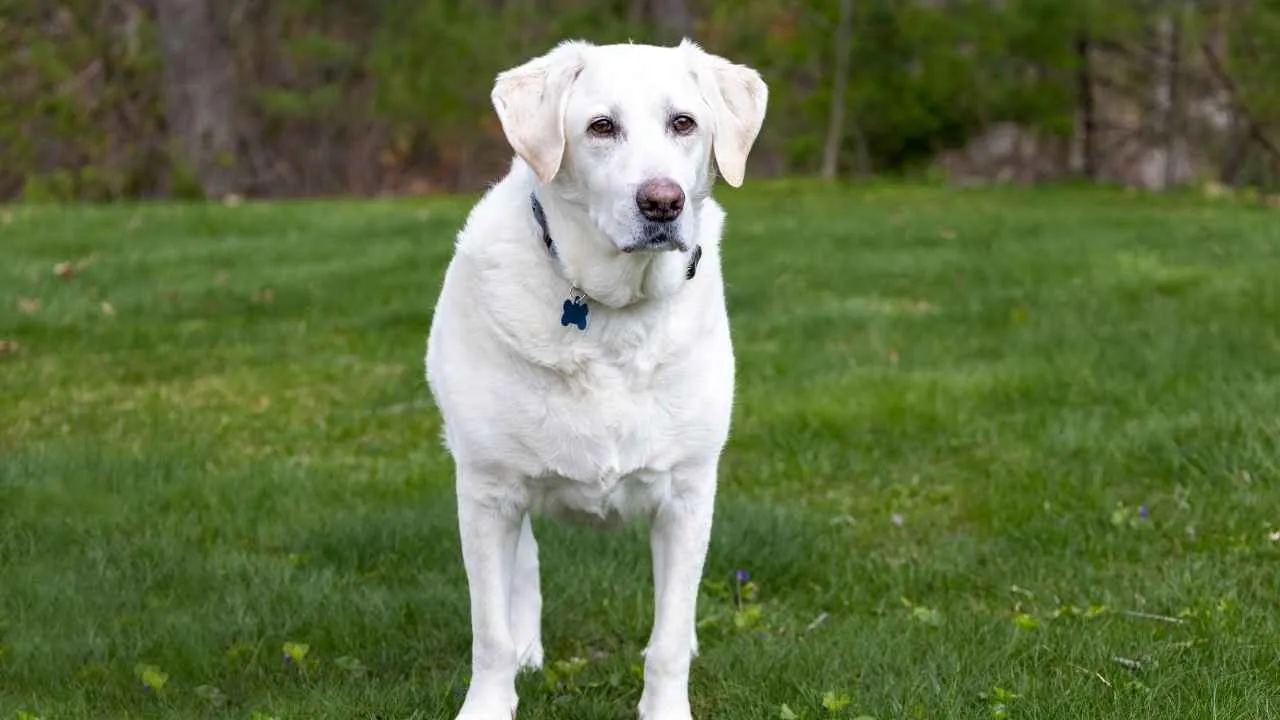
Sweet. Loyal. Sniffing machine.
The Labrador Retriever is the golden boy of the dog world—and not just for their sunny disposition. Their noses are trained for detection duties in customs, search and rescue, and medical alerts.
What gives Labs their edge? Eagerness.
These pets have a wide nasal cavity and more olfactory neurons than your average mutt. Combine that with their love of food, and they’re basically fruit expiration date detectors with tails.
They can distinguish scent compounds at parts per trillion. Yeast overgrowth, which gives off a distinctive musty or sour smell when overgrown, is easy pickings for this dog.
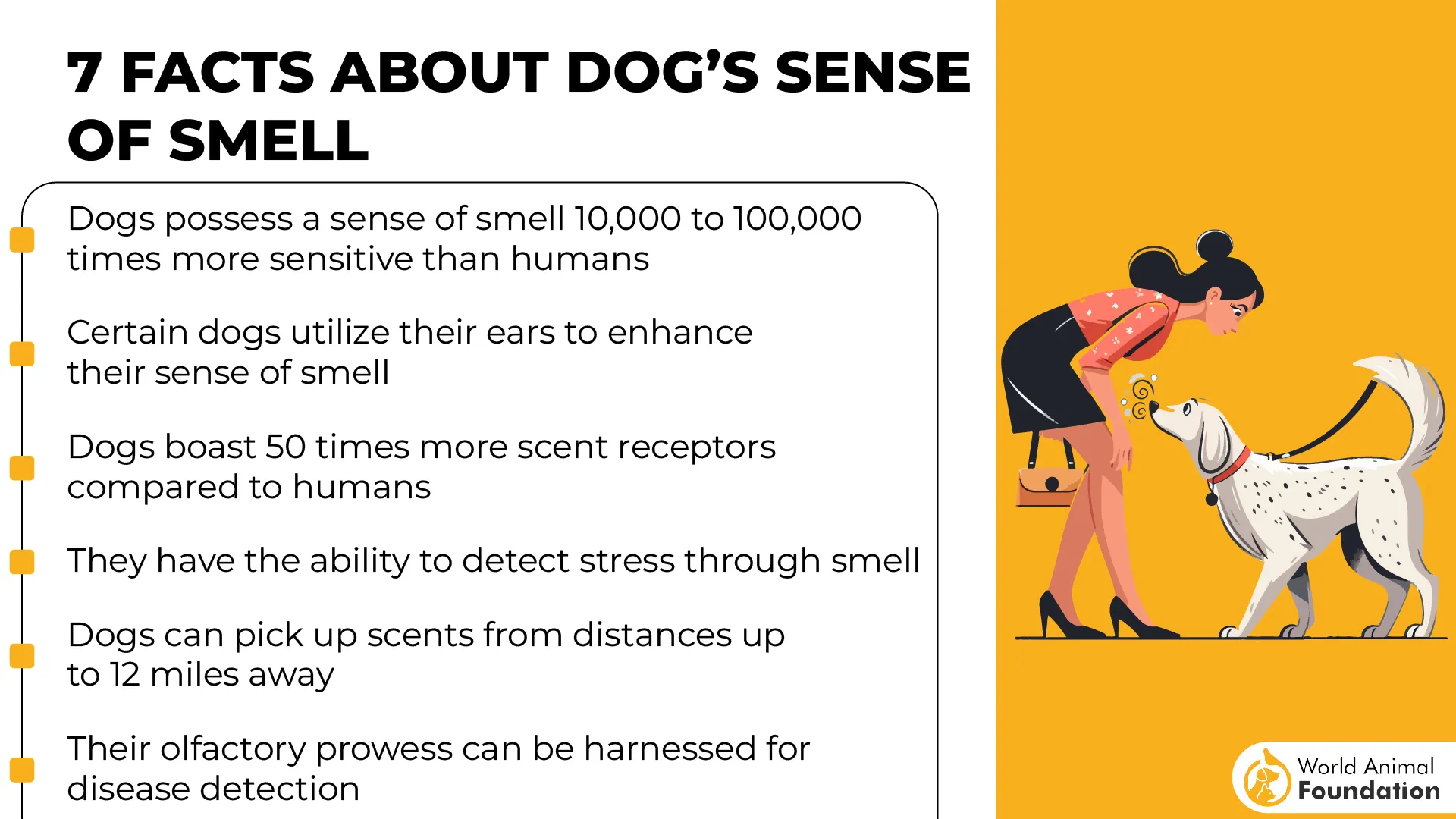
As per Agriculture, Labs have even been used to sniff out agricultural pests and invasive species, so one mushy orange? Child’s play.
8. Beagle
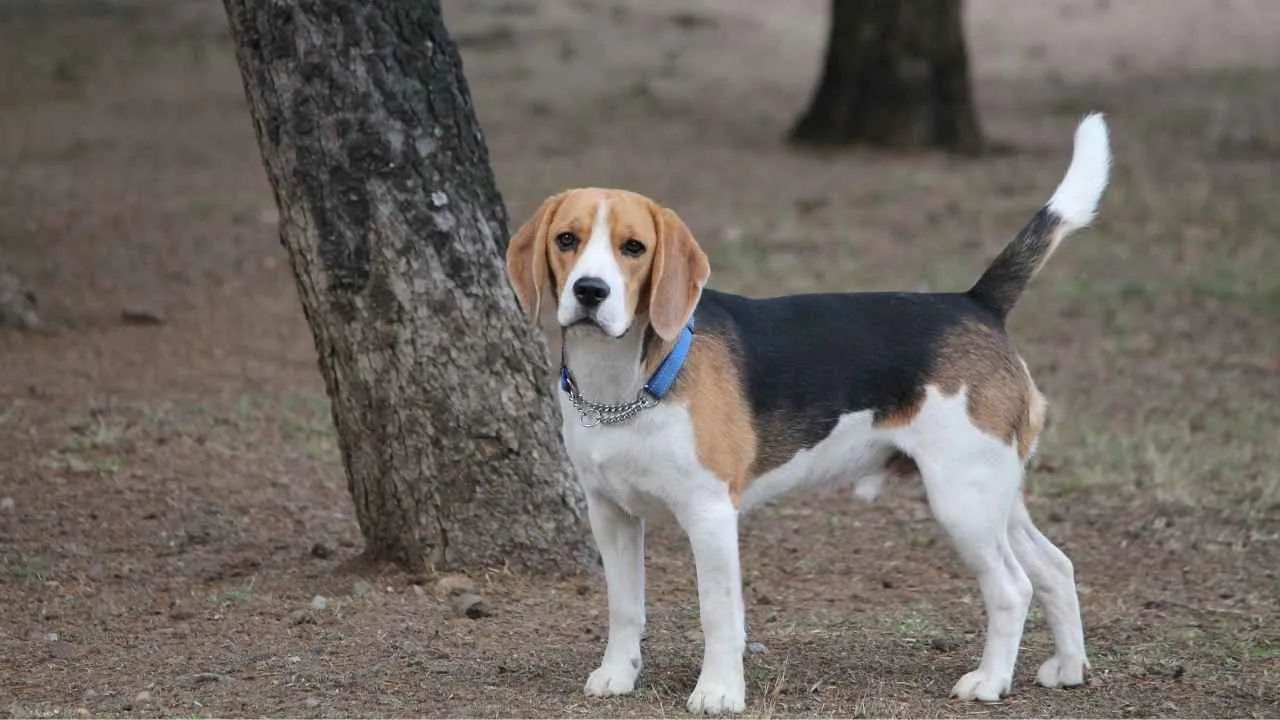
Small. Adorable. A nosy little chaos gremlin.
Beagles were bred for tracking game like rabbits, and those sniffing instincts never left.
Their noses are so legendary that, according to AKC, the U.S. Department of Agriculture uses Beagles in airports as “Beagle Brigades” to detect contraband produce.
Yep, your vacation papaya would never stand a chance.
At home, they will methodically sniff every inch of your fruit basket and then howl dramatically at the spoiled plum as if it personally offended them.
Oh, and they are genetically predisposed to gingivitis and periodontal disease if their teeth aren’t regularly cleaned. Make sure you provide it with regular grooming!
Fun Beagle Fact: They have a dedicated part of their brain just for smell that is 40 times bigger than ours, proportionally. Translation: Their sniffer is smarter than our entire breakfast decision process.
9. German Shorthaired Pointer
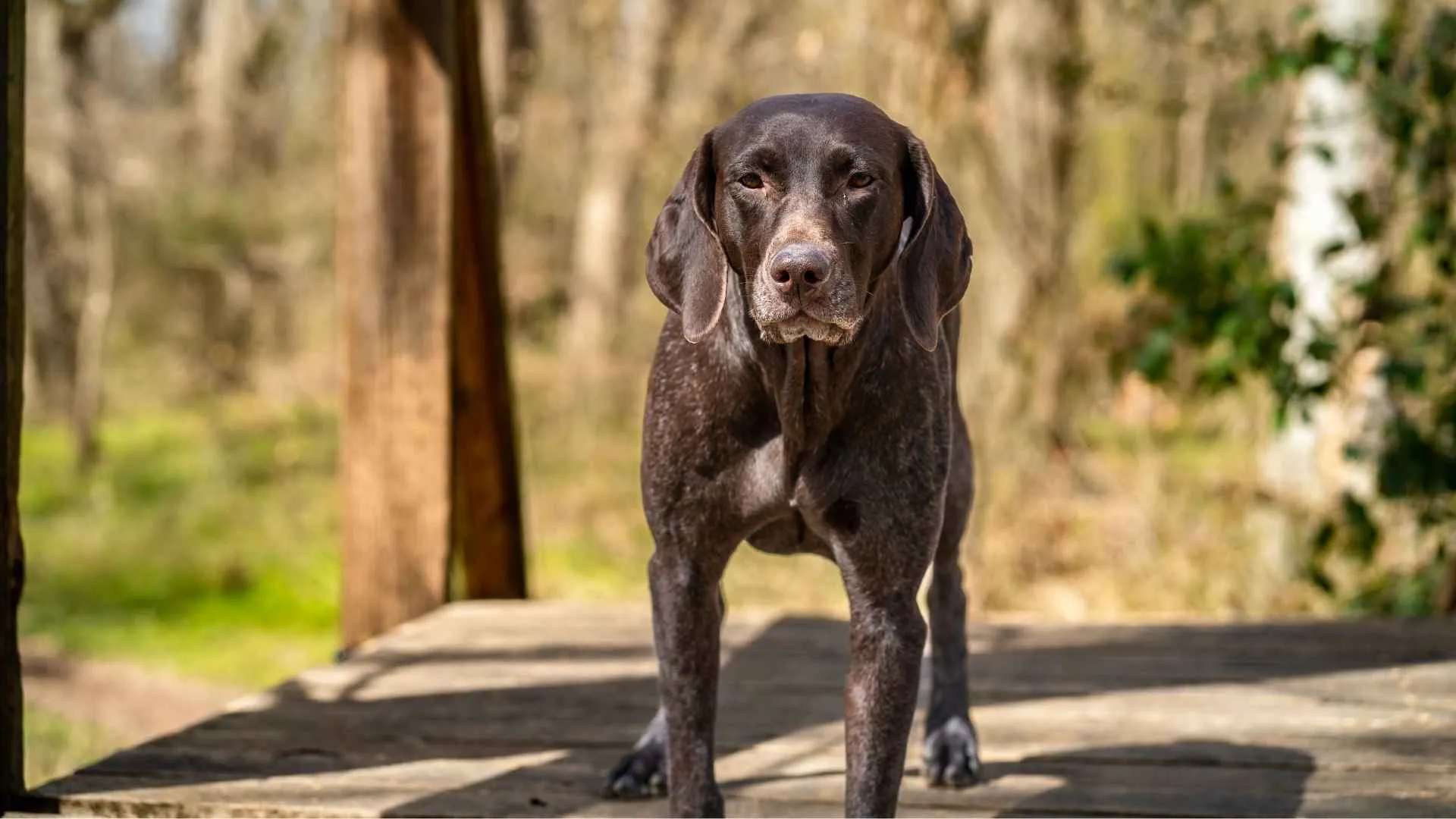
Like the Tom Cruise of the dog world—fast, intense, and always on a mission. German Shorthaired Pointers (GSPs) are hunting dogs with noses designed for precision.
Their sleek noses aren’t just for aesthetics. These dogs can detect subtle changes in scent signatures, like when your apples start to think they’re cider.
PetMD mentions that GSPs also have insane energy levels, so if they detect rot, they won’t just sit down and bark. Expect a full-body fruit alert system: jumping, spinning, and possibly interpretive dance.
Pointers are generally healthy dogs, but bad breath is a common issue if dental hygiene is overlooked. Their short, tight coat looks low-maintenance, but the skin underneath can be sensitive, especially to allergens and parasites.
Their heritage includes hunting both land and water game, so no, hiding that mushy pear in the sink won’t help.
10. English Springer Spaniel
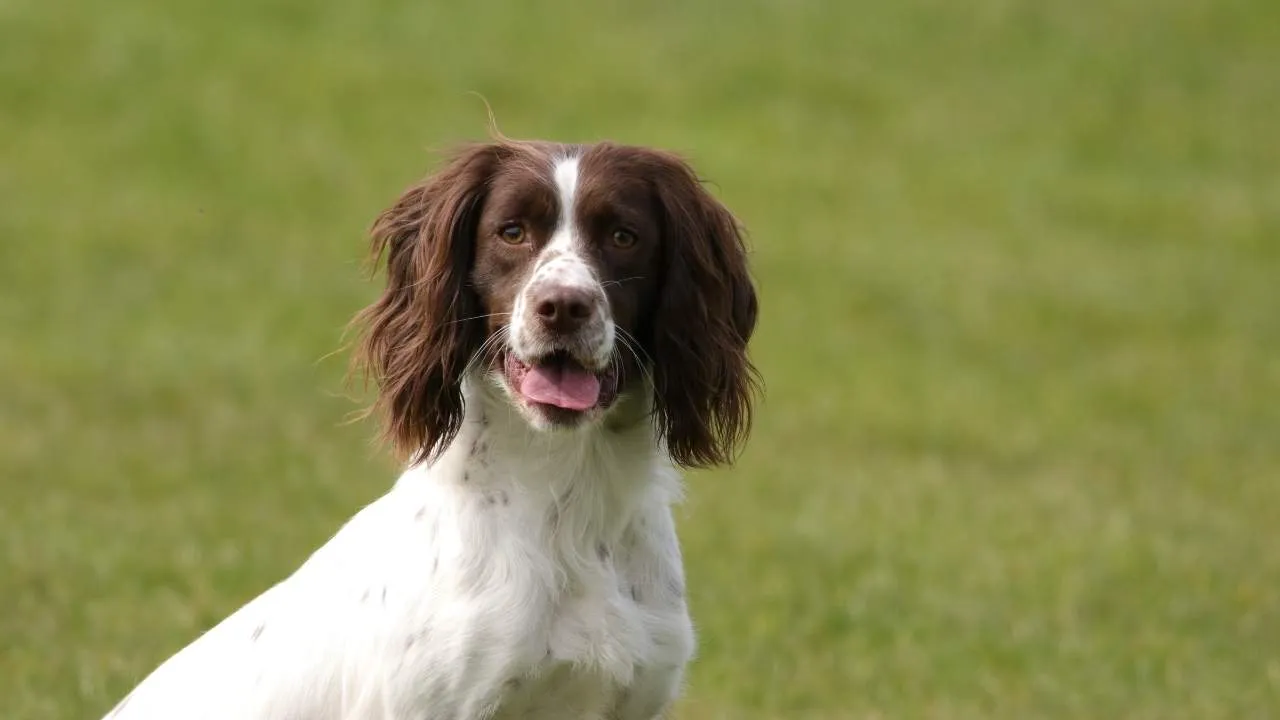
Last but never least, the English Springer Spaniel: part dog, part truffle pig.
Bred as a flushing and retrieving dog, this breed has a sense of smell so accurate it’s used for everything from explosives to currency.
These dogs are often used in scent detection roles around the world. But at home? They’ll locate your expired kiwi with military-grade precision and bring it to you like it’s a game of fetch.
Springers, like many medium-sized breeds, are prone to anal gland problems. These small glands near the rectum can become impacted or infected, especially if the dog has soft stools or digestive inconsistencies.
Signs include excessive scooting, licking the rear, or a sudden fishy smell that could send even the bravest dog owner running for fresh air. Regular discussion with a veterinarian or groomer can help prevent discomfort.
Also, their long, floppy ears may be adorable, but they create the perfect storm for bacterial and yeast infections. Owing to poor grooming, debris and wax can build up in a dog’s skin (inside the skin folds), leading to chronic ear infections.
Conclusion
From pint-sized sniffers like the Jack Russell Terrier to professional-grade noses like the Bloodhound and Belgian Malinois, these ten breeds remind us of the incredible olfactory world our furry companions live in. Their talents go way beyond tracking bad guys or playing fetch—they’re scent specialists and the fruit police your kitchen never knew it needed.
This lineup is a testament to how dogs have evolved alongside humans, not just as loyal companions, but as functional, intelligent creatures who help us navigate the world in ways we can’t on our own.
So the next time your pup sniffs that pear like it’s plotting something shady, give them a little credit. Chances are, they just saved you from a snack gone sour.


